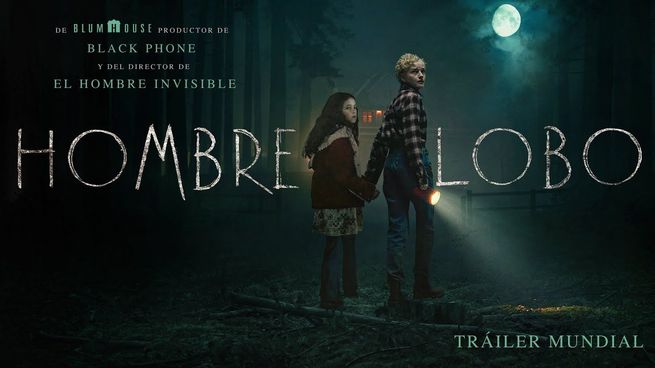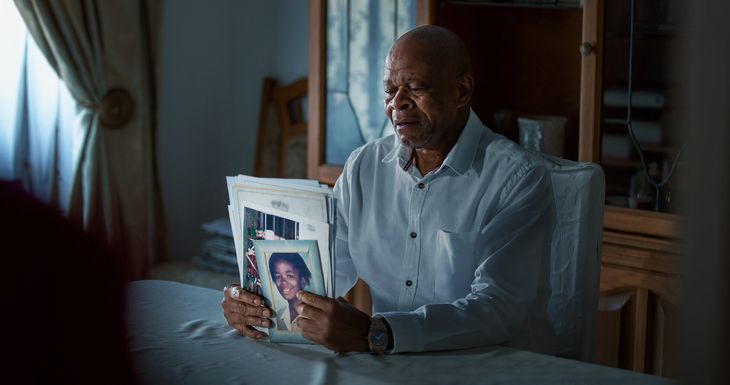Not one more day, but two days less can have the 26th BAFICI that this Tuesday begins with a single movie, which is practically one wasted day. And on Thursday 10 a general strike of the CGT is announced. Years ago we had to witness another general strike during the San Sebastián Festival. All the functions corresponding to the various competition films were maintained and the others were rearranged throughout the following days. Will the same be done here? (Apart, the strikers maintained a reduced transport service and marched through a single lane of the streets, in short, things of the Basque Country).
Palmas of sympathy for the lonely inaugural film, “Upa in Athens!”, Fourth comedy of Tamae Garateguy, Santiago Giralt and Camila Toker joking about the misadventures of making film among us (for the case, UPA means an Argentine film), the four will look during the festival under the cheerful title “Upa! The saga”within a marathon of 298 titles from 44 countries in 641 functions distributed in six rooms along 13 (or 12?) Days.
As usual, there is everything. Greater weight titles, “La Vita Accanto” (Marco Tulio Giordana with a script by Marco Bellocchio), “or last blue” (Gabriel chewed with a vital septuagenarian in the Amazon), “Apartes de Solitude” (it is from Albert Serra but it seems good), the comedy “Les barbares” (Julie Delpy, a typical French people wait But Syrian immigrants fall, this seems done in memory of Louis de Funes), the documentary “Voyage au Bord de la Guerre” (Antonin Peretjatko, member of the official jury), “The New Year that never arrived”, set in the last days of the Ceacecu regime (Bogdan Muresanu, also a member of the official jury) and, in the rescue section, “the innocent” Giannini and Laura Antonelli, 1976, the last work of the exquisite Luchino Visconti, who would die that same year.
Two animation cinema jewels: “Slocum et Moi/ a ship in the garden” (Jean-Francois Lagionie) and “Space Cadet”, a nanny robot (Mylene Chaillet). Two of the remembered Swiss filmmaker Alain Tanner: “In the White City”, with Bruno Ganz, 1983, and “Jonah who will be 25 years in 2000” (1976, and today causes nostalgia).
National
Several national works worthy of attention meet in the Special Nights section, including “once, a circus” (Saula Benavente, the bittersweet back room of the visits of the Moscow circus to Luna Park), “We have to talk” (Mariano Galperin, true independent who left recently), “Looking for Shakespeare” (Gustavo Garzón). Others also worthy of attention are scattered throughout the rest of the Bafici, such as “The Days with her” (a mother prey with her little girl), “Goodbye to Lilas” with Jorge Marrale, the short “glory” with Andrea Frigerio and “Cal” with Pablo Rago, and two tributes to the Creole cinema: “78 89 23” (Tribute to “78 89 03”) (Mercedes Frutos, a story by Bioy Casares and the Holy Patience).
Documentary portraits, dedicated to Errol Gardner, Susana Rinaldi, Francois Truffaut, Jacques Rozier, figure of the Nouvelle Vague of whom several pieces little widespread, Diane Warren (16 nominations and no Oscar), the insigne Ricardo Rojas Genty (“The boy who dreams”), the boxer and sicoanalist Bubuja Carabajal, the painter Edgardo Marranti, Vivienne Westwood, the Gallagher brothers and others to culminate with the closing film: “Quinography”, by Donoso and Cardone.
And the oddities are abound sometimes welcome: “Pelopincho”, that is, the pool and its creators, the tango in India, the Internet (that black hole, as defined by the director Dylan Reibration), the fight of sexes in an old pop musical of communist Germany, a drawing for great Macedonia, a classic of Japanese mud Ruiz Before exile and become Raoul Ruiz, Clemente Olli’s trip in search of Nahuelito back in 1922 (and returned with the Patagonian hares for the zoo), a kazakist action tape, a brief survey on the habit of masturbation, the making of “sing nake all.
There are also talks, conferences and free entry debates, entries at a low price and up to 2×1, a good lot of those films that only love the hard line, and the dreaded competitions, where this year, notable thing, it seems that there are several really good movies,
The competences
21 titles, among short and long, participate in international competition. A priori stand out from India: “Cactus Pears”, winner of the World Cinema section of the Sundance, and the short “only if the baby cries …”, filmed at the foot of the Himalayas. Also a Paraguayan-Argentine documentary made with material from the time of the Stroessner dictator, “under the flags, the sun” (Juanjo Pereira) and some comedies, such as “Aimer Perdre” (Harpo and Lenny Guit, Belgium) and “Magic Farm” (Amelia Ulman, USA-Argentina).
For Argentina they also appear one of action, “Gatillero”, (Cris Tapia and Clara Ambrosini), one of contemplation, “standing looking” (Renzo Cotta) and three shorts: “Cal”, with Pablo Rago (Leandro Custo), “Hatken” (Alejandro Martín) and “The interrupted day” (María Villar, a lady takes her children to the cemetery “to see the zombies”).
The national competition is quite balanced: 15 titles are led by women, one is of mixed authorship and 14 remain for men. To point out in the first place, “The Virgin of the Tosquera” (Laura Casabé, Terror), “Thesis on a domestication” (Javier Van de Couter about the novel by Camila Sosa Villada), “Luck of Pinos” (Lorena Muñoz), “The Woman of the River” (Néstor Mazzini, the last chapter of her trilogy with César Troncoso).
Vanguard and gender, section where the most unique works compete, has 27. The most striking, “chronicles of the absurd” (Cuban Miguel Coyula, daily life on the island recorded with cell phones), the comedies “Rio, then exists” (Tetsu Alvarez) and the Hungarian “Later in the Clearing”, also called “When the clearing comes” (Marton Tarkovi, portrait of the painter Peter Molnar) and the most experimental “solear” (Hernán Khourian, filming in the Jujeña Puna).
Source: Ambito
I am an author and journalist who has worked in the entertainment industry for over a decade. I currently work as a news editor at a major news website, and my focus is on covering the latest trends in entertainment. I also write occasional pieces for other outlets, and have authored two books about the entertainment industry.




